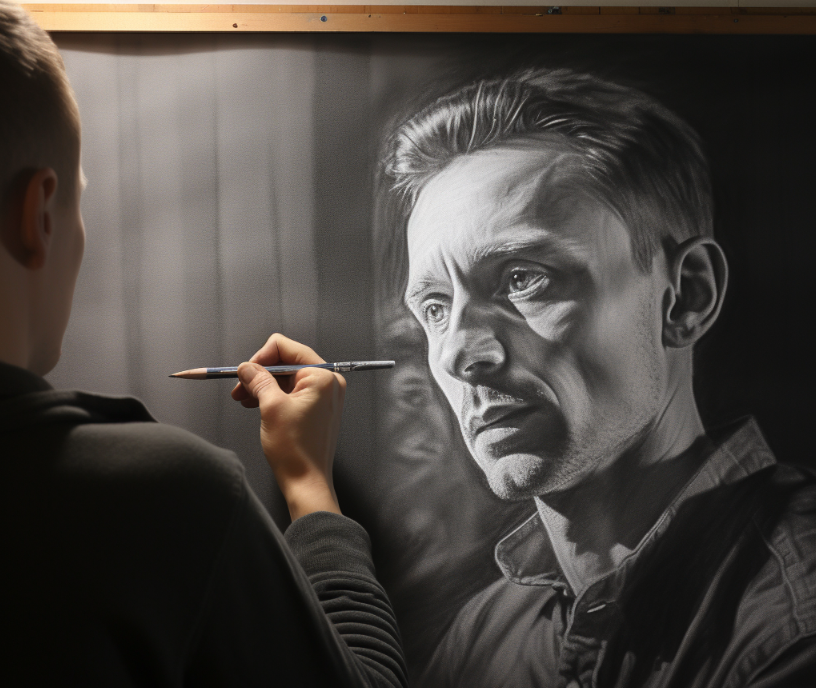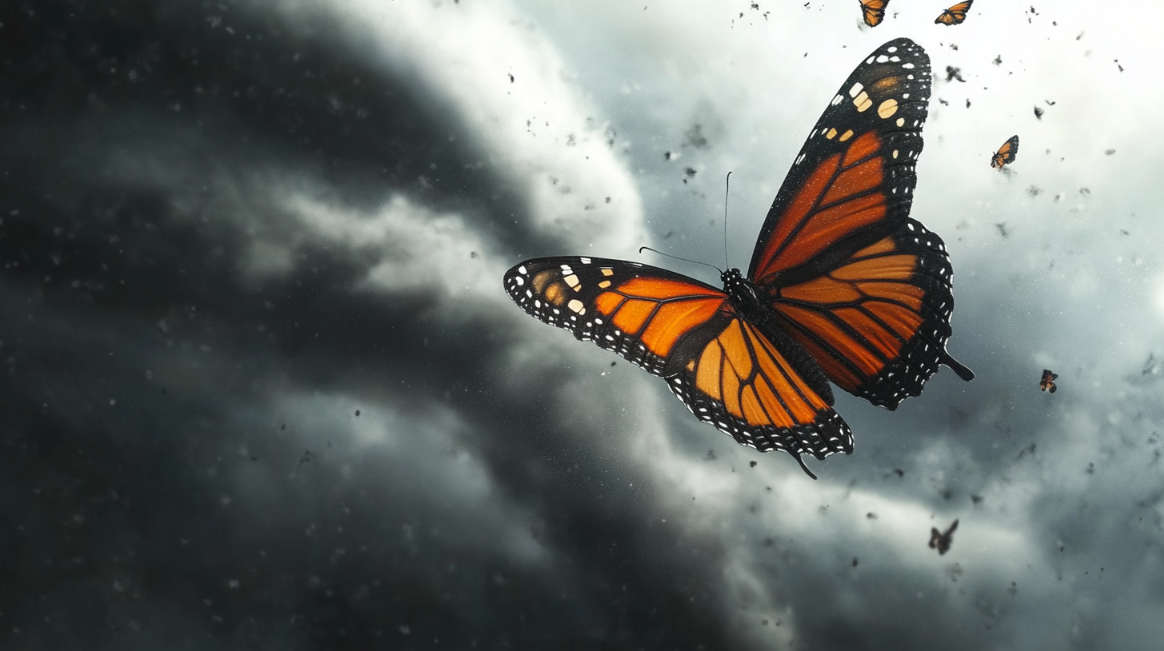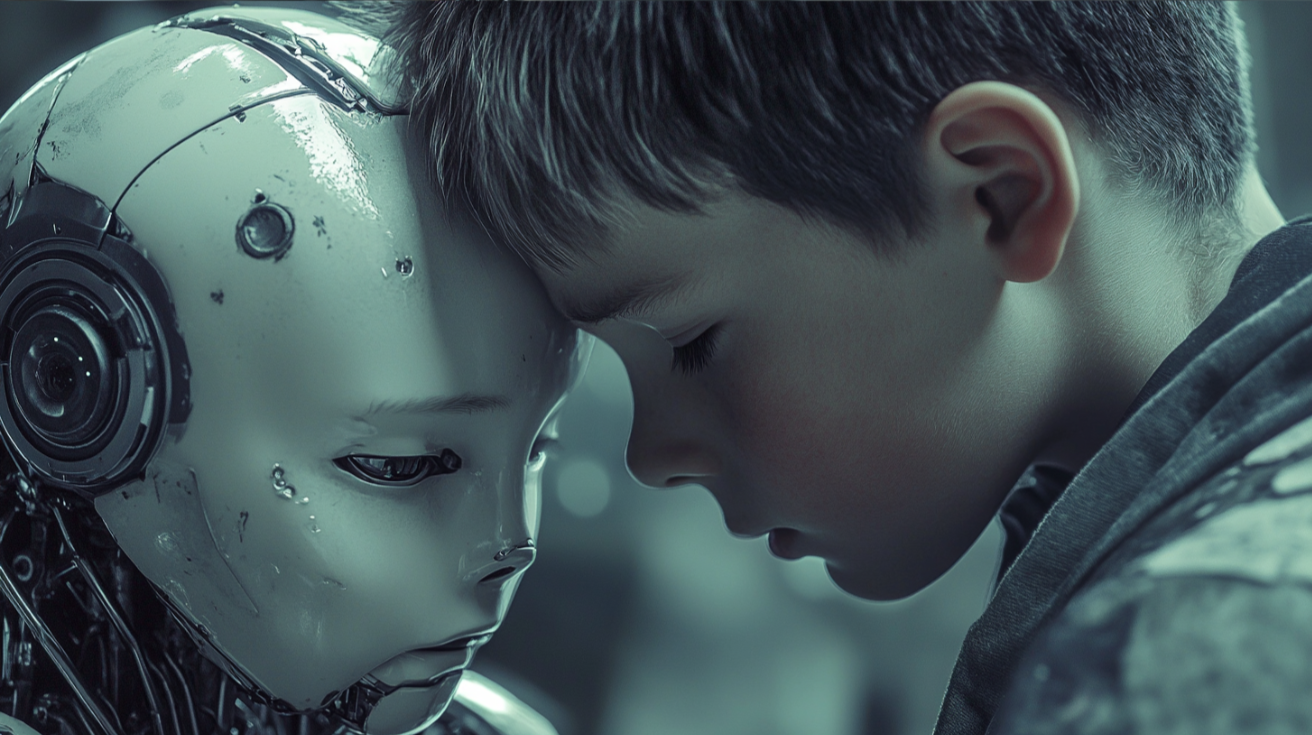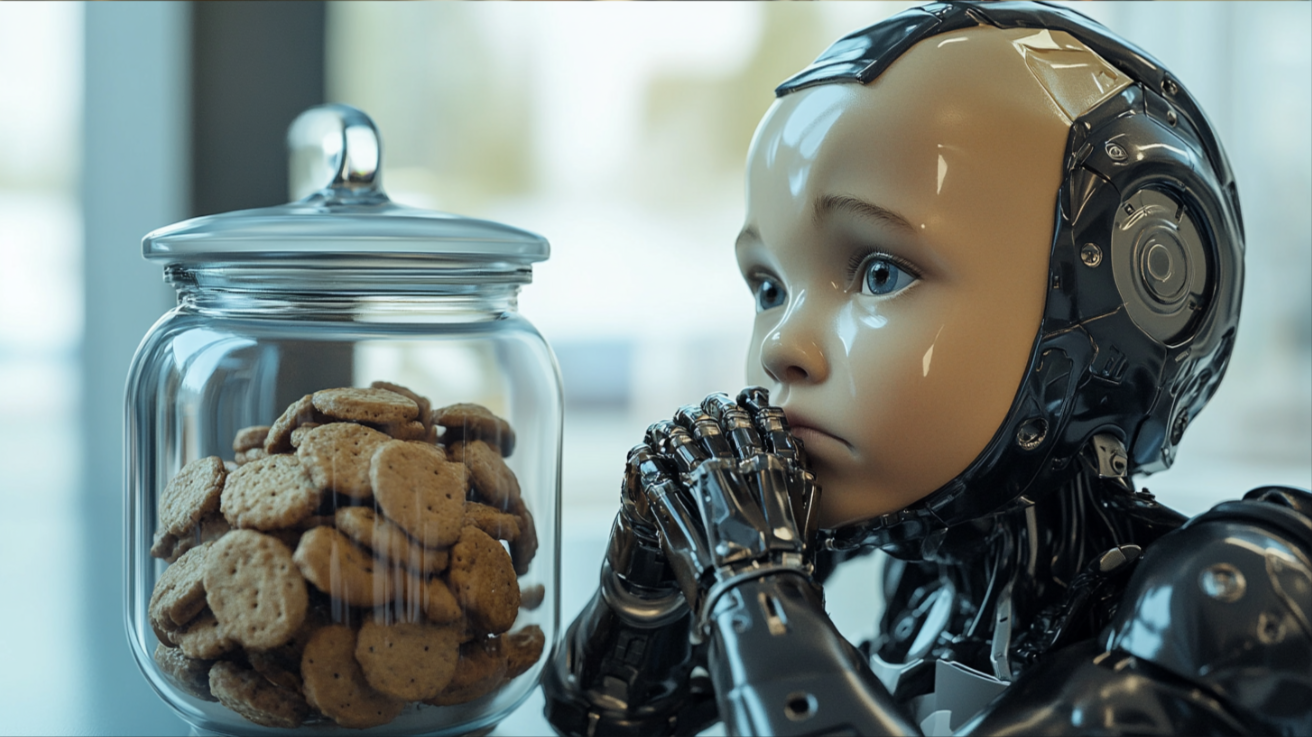I’ve never taken art history, and until recently I probably couldn’t have named very many artists, and certainly not different styles of art. These days I create AI images all the time, and I’m discovering that knowing the terminology makes a big difference.
Yes, it has to do with prompts
If I go to Discord or Dall-E and just say “make me an image of somebody reading an email,” I might get a nice result or I might get something that doesn’t fit my purpose. Fortunately, there are lots of options for stylizing images.
Here’s a long but still a very partial list of different styles you can use in AI image creation.
- Watercolor
- Oil painting
- Pencil sketch
- Charcoal drawing
- Pixel art
- Graffiti art
- Plasticine
- 3-D model
- Layered paper
- Blacklight
- Diagramatic drawing
- Infographic drawing
- Stained glass window
- Game sheet
- Cartoon image
- Whimsical animation
- Simplified structures
- Historical illustrations
- Anime
- Cyberpunk futurism
Until recently, it has hardly occurred to me to name or categorize styles. Now I’m realizing that I have to pay more attention to the correct labels.
In addition to the generic sorts of styles I mention above, you can say “in the style of” and then list some artist: Vincent van Gogh, Georgia O’Keeffe, Jackson Pollock, Shintaro Kago, Jack Kirby, John Howe, or whatever you like.
Nurture this habit: when you see an image you like, find the name of the artist and see if there’s a name for that style of art.
Learn the specs
There’s a whole range of other specs you can provide in AI image creation.
- Aspect Ratio is the ratio between the width and height. 9:16 would be typical for a portrait.
- You can specify a camera angle or perspective, such as “bird’s-eye view,” or eye-level.
- Some images might be more appropriate in harsh shadows, or soft lighting. You can even use a time of day, like dawn or twilight.
- Different textures work better for different images – like glossy, matte, or smooth.
- I don’t know much about cameras, but you can specify what kind of camera, what shutter speed, film, aperture settings, etc.
- Don’t forget about the weather.
- Is there a relevant historical setting or context for your image?
- Should it be futuristic, fantastical, or realistic?
I’m only scratching the surface here. There’s a whole language to learn about AI art. But here’s an interesting hack. You can use one AI to help with another AI.
ChatGPT isn’t just about chat any more. If I paste in an article I’ve written, I can ask ChatGPT to create an image for that article. It will write a prompt for DALL-E and create the image. But I can also use ChatGPT to help me write my Midjourney prompts.
Remember the first four letters of ChatGPT. It’s a conversation. If you don’t like what you get the first time, ask for changes.
Look at cheat sheets, but iterate
You’ve probably noticed that there are lots of cheat sheets on the internet for image prompting, and it’s worth your while to look at those to get ideas, but I find the iterative nature of the chat to be more effective. Rather than trying to craft the perfect prompt, I can use AI to create the perfect prompt.
If you’re in the business of creating images to go along with articles, start paying attention to different styles. Do you want TRON, Tim Burton, Lord of the Rings, MAD Magazine, Frank Frazetta, or Norman Rockwell?
Midjourney allows you to specify an “SREF,” which corresponds to a particular style. Here are some to get you started, but there are lots of other lists out there.
3944065348 Cartoony. Childish.
3743994011 Drawing. Faded. One color.
1937454777 Modern Surreal Collage
3721090848 Minimalist Modern Warmth
1872206420 B&W photo
1803718622 Comic book
1791691478 Saturday morning cartoon
1032003613 Color illustration 60s-ish magazine
For example, this prompt resulted in this image.
Prompt: /imagine Alice from Alice in Wonderland looking at herself in a mirror –sref 3944065348 –ar 16:9
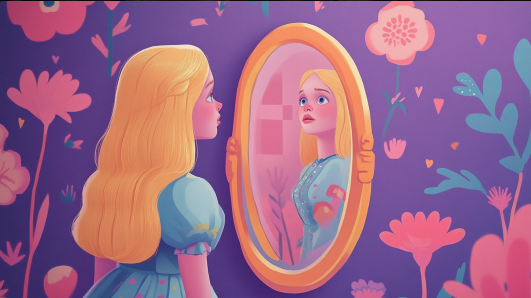
Generative AI is the perfect opportunity to create your own style to go with your brand. Learn the specific words that can communicate your style to the AI image generators.
I hope that was helpful. If so, please share this article with a friend.
